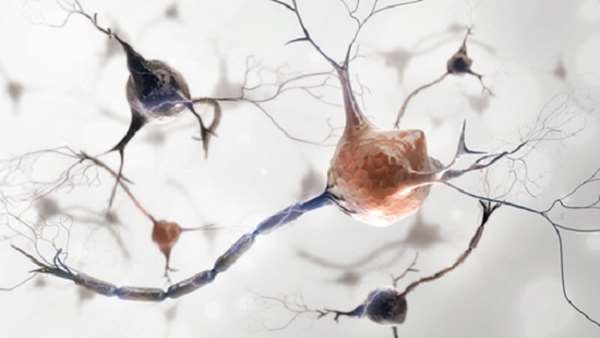Safer Way of Stimulating Neural Stem Cells for Therapies and Research Developed
A new device that can increase the production of viable neural stem cells may change the landscape of neural stem cell therapies as potential strategies for neurodegenerative and chronic diseases, including Parkinson’s and Alzheimer’s.
A new device that can increase the production of viable neural stem cells may change the landscape of neural stem cell therapies as potential strategies for neurodegenerative and chronic diseases, including Parkinson’s and Alzheimer’s.
The invention, developed by a team at Hong Kong Baptist University (HKBU), was recently awarded with the Gold Medal with Congratulations of Jury at the 46th International Exhibition of Inventions of Geneva, held in April.
Stem cell therapy uses stem cells — a type of cell that can give rise to almost any other cell in the body — to cultivate new and normal cells, or tissues or organs that are then transplanted back into patients to restore physiological functions lost to damaged or dead cells.
Traditional methods of proliferating and differentiating neural stem cells, however, require a large number of certain molecules, known as growth factors. These factors can also stimulate the growth of cancer cells and increase a person’s risk of developing tumors post-transplant.
The newly developed device uses a technology known as inorganic sculptured extracellular nano matrices (iSECnMS): a tiny Z-shaped layer made of biocompatible materials that aims to not trigger adverse reactions from the cells.
The system is designed to avoid the need for growth factors or other components during cell manipulation, and still be able to simulate stem cells’ natural environment for growth.
After growth and cell differentiation, mature cells can become therapeutic agents for stem cell therapy.
“The neural stem cells are under ‘physical massage’ when they come into physiological contact with the matrix we developed,” Jeffery Huang Zhi Feng, PhD, associate professor at HKBU and one of the inventors, said in a university news release. “The ‘physical massage’ resembles the Chinese medicine acupuncture technique which causes the cells to differentiate into functional cells that are in urgent demand in cell replacement therapy.”
Ken Yung Kin-lam, who also helped in developing the device, said this system may provide a safer platform for research into stem cell therapies, as well as help boost the regenerative medicine field.
Based on their proprietary invention, the researchers have established the company Mat-A-Cell Limited to enable other research institutions and companies to access to this technology for research.





ارسال به دوستان